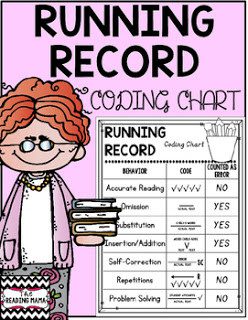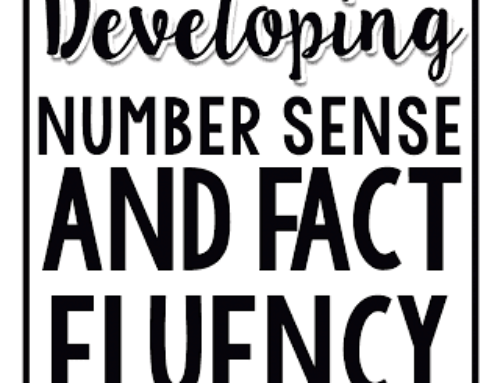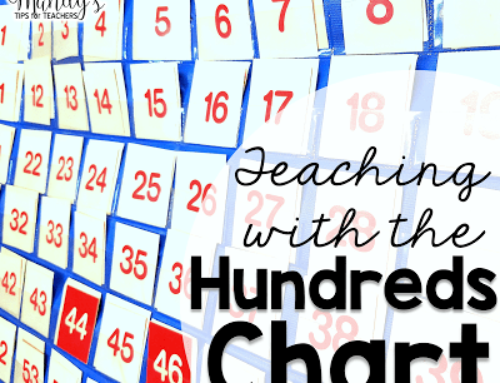In a perfect world, all of our students would be reading on grade level and breezing through each text they read in class.
But, let’s be honest. That is not how it works.
Each year, I always has a group of students that were below the beginning of the grade level expectation. Sometimes far below. And sometimes, it was much more than just a “small” group of students.
You know they are struggling, so what can you do?
First Things First
The first thing you MUST do as a teacher is a running record. This is basically a “window” into the reader’s mind. It is a written recording of the students oral reading so that the teacher can later analyze it for errors. After reading, ask a series of comprehension questions to assess students understanding of the text.
There is an art and a bit of a science to running records. First, you must find leveled text for the running records. There are many running record kits available such as DRA, Rigby Kits, Reading A-Z, and others that are available. Your district (hopefully) has adopted a kit. I have considered writing a kit myself, but wasn’t sure if there was a demand. Do you need a running record kit? Please comment and let me know and I can begin working on it.
If I had any information on the students from year’s past I would look to see what level the student ended on and usually being at that level. If I had no information on the student, I would start with an on grade level text.
The directions for each kit will vary. Sometimes it also depends on the level of text. Always follow the directions from your kit, for that level of text.
Generally, I found that most texts began with the teacher giving short blurb about the text. Then, the students would read aloud all of the text (or sometimes just a portion). While the students reads, the teacher is recording their oral reading using a type of short hand.
Recording and Note Taking
I found this example of how to take a running record on you tube and thought it was a good one!
While reading, the teacher is “coding” her copy of the text with short hand. I found this great freebie from The Reading Mama.
Errors can be analyzed and generally categorized into three groups:
- meaning
- syntax
- visual
- M= Did the reader think about what the story was talking about and using meaning to call a word that was incorrect, but made sense? Does it make sense?
- S= Did the reader use the grammar and structure of the sentence to call the word? A noun for a noun? Does it sound right? Does that sounds right?
- V= Did the reader look at the word and use visual cues to call the word? Did the word start with the same letters? Does that look right?
- more decoding and word attack skills
- comprehension skills
- fluency strategies
Mandy Gregory is a 2007 and 2012 Teacher of the Year. She has taught Kindergarten- 4th grades in both the general education and inclusion settings. She is currently a 1st grade Special Education teacher. She is the owner and creator of Mandy’s Tips for Teachers website (www.mandystipsforteachers.com) and has over 13 years of teaching experience. She is married with two beautiful children.








